Latest

Turning Food into Lasers: A New Era in Information Encoding and Sensing
Fabrication of microlasers using all edible components.
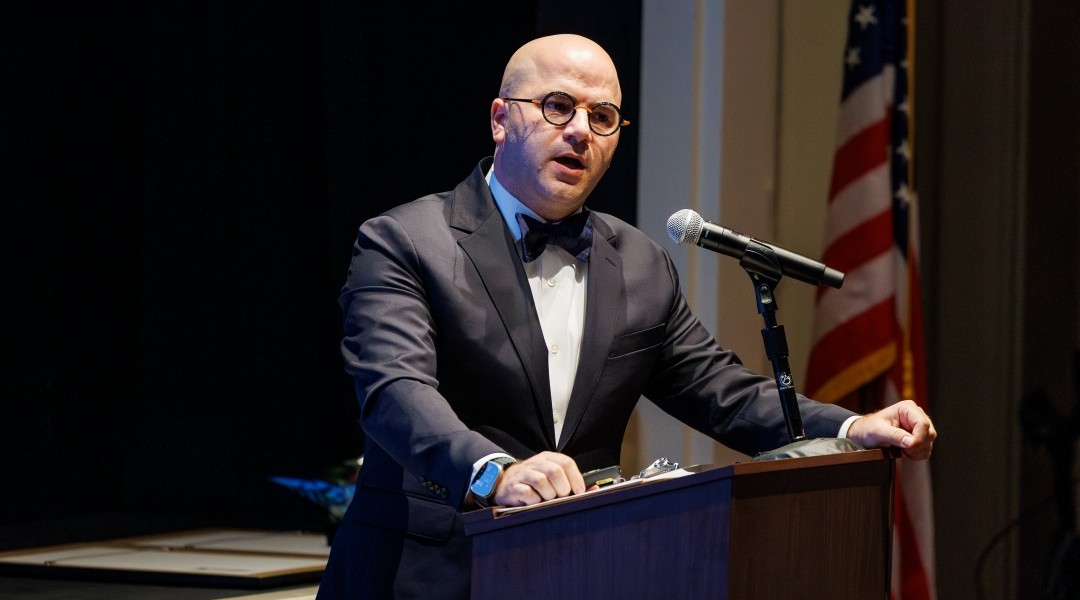
Haitham Amal: targeting autism spectrum disorder, Alzheimer’s disease, and glioblastoma with small-molecule drugs
With FDA orphan drug approval secured, Amal and his team are preparing for phase 1 clinical trials of their small-molecule drugs in 2026.
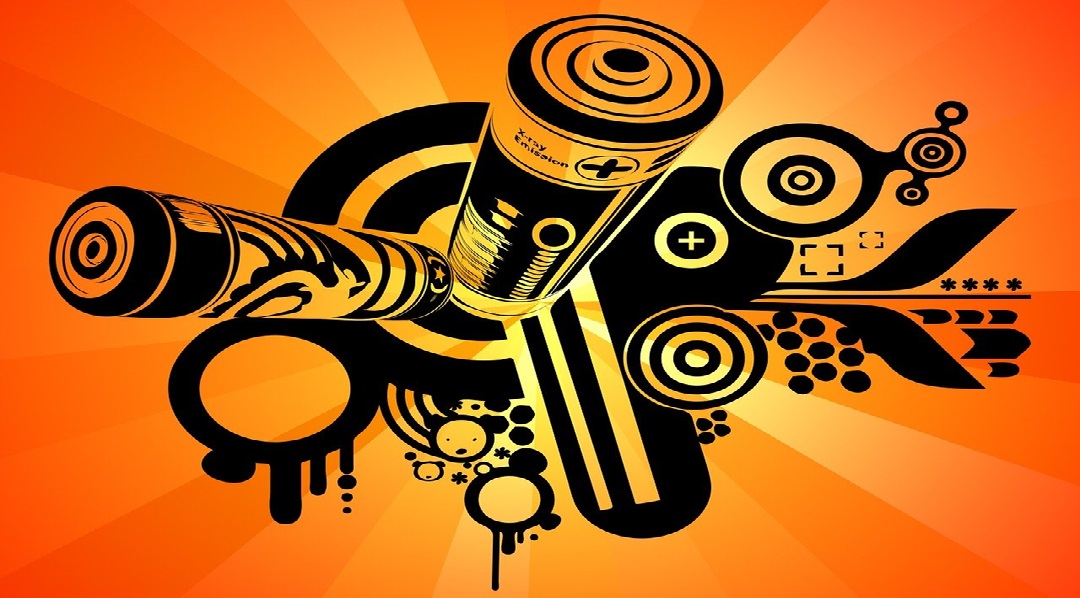
Soy protein fuels the future of eco-friendly solid-state batteries
The world’s most grown legume could be used to make the batteries of the future.

Self-Healing Hydrogels Could Help Injured Ligaments Regenerate
Cell-laden hydrogels could promote tissue regeneration while avoiding immune rejection.
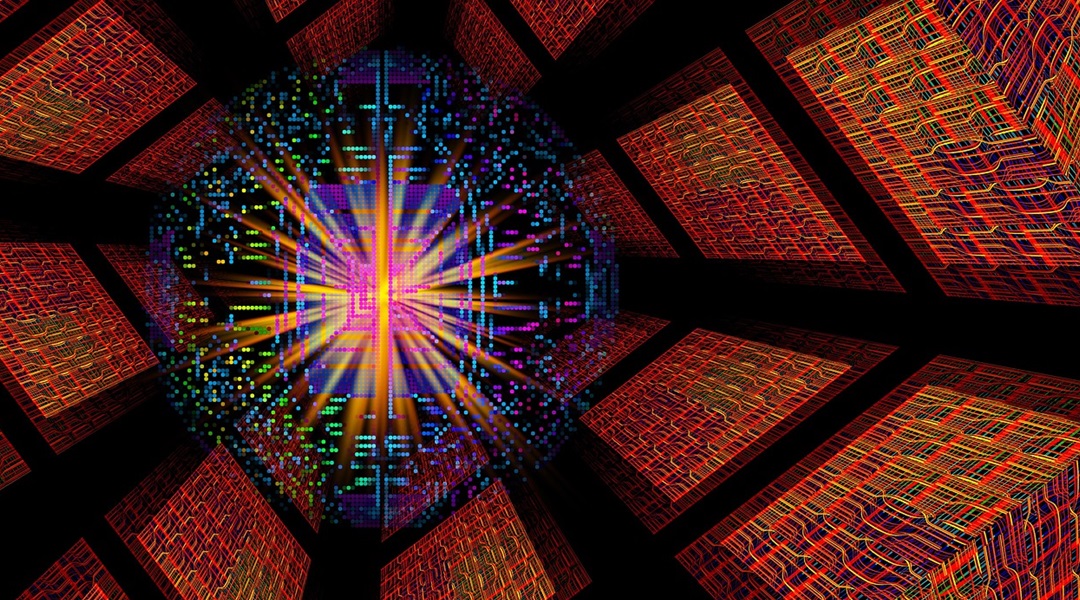
Quantum router preserving delicate photon states may advance quantum technologies
Low-loss router based on an interferometer preserves polarization while directing single photons and entangled pairs.
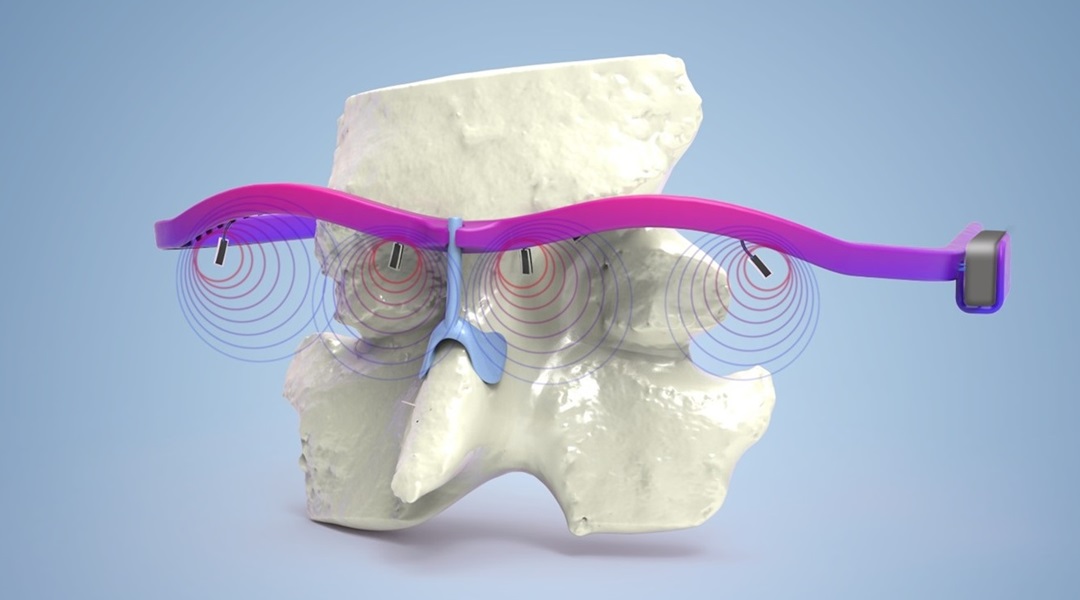
Smart Eye Sensor Warns of Dangerous Fatigue
Compact sensors enable integration of fatigue feedback into daily decision-making.
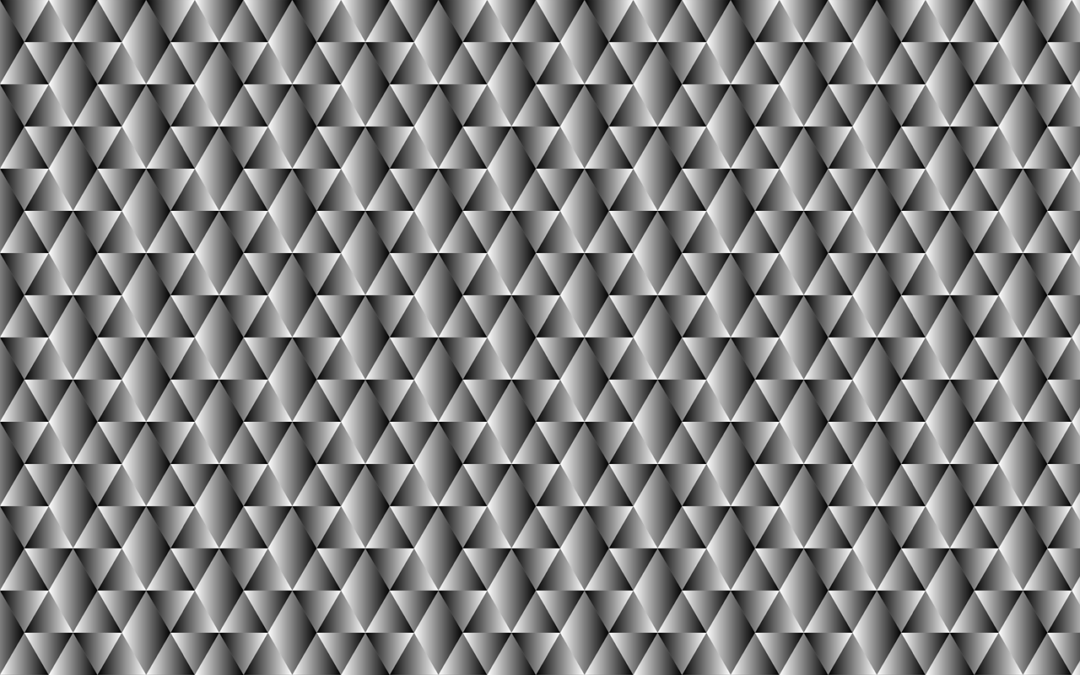
Tactile sensors from mechanical metamaterials for sensitive wearables and prosthetics
Engineers have developed tactile sensors with increased sensitivity, thanks to auxetic mechanical metamaterials.
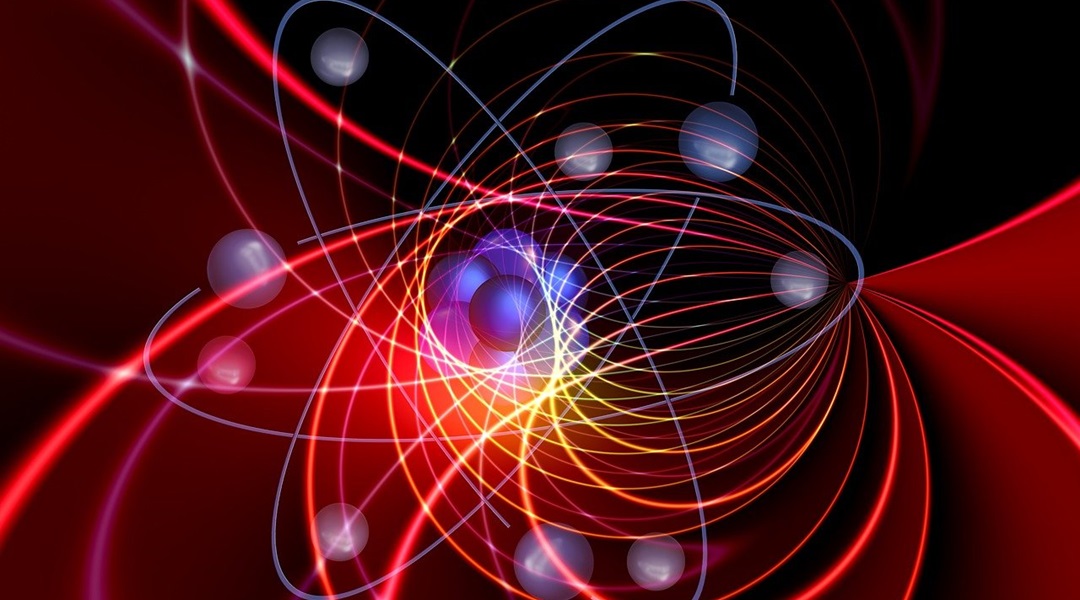
Quantum Anomalies in Condensed Matter: From Theoretical Peculiarities to Tangible Science
Making quantum anomalies accessible to experimentalists could redefine next-generation technologies and device engineering.
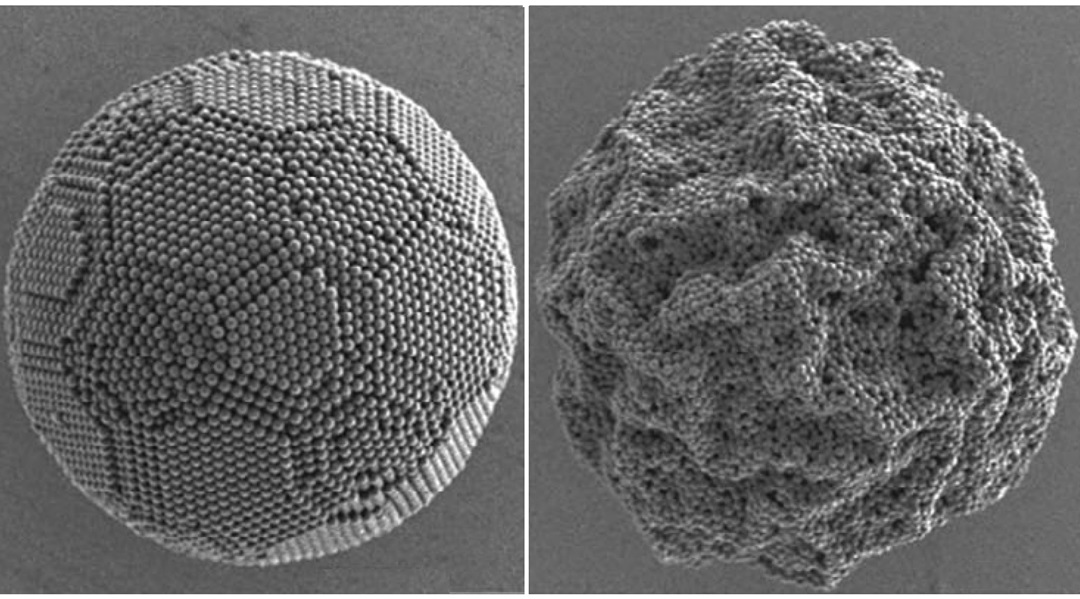
Surfactants Steer Supraparticle Structure
pH-responsive surfactants enable control over buckled supraparticle formation in emulsion-based systems.
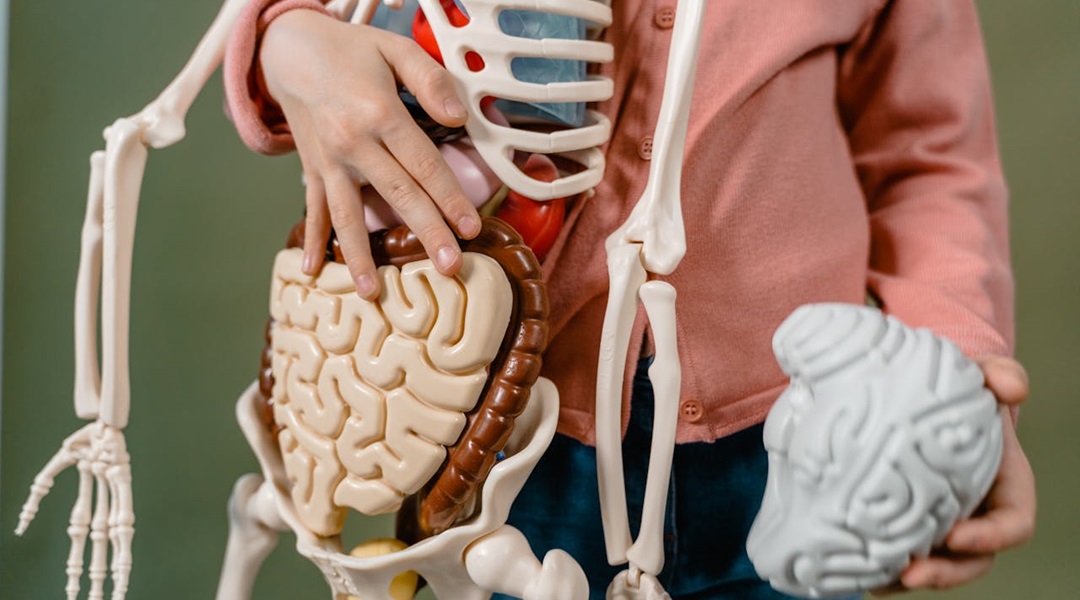
Bone loss in obesity traced to gut microbiota
Obesity changes gut microbiota, causing immune cells to age prematurely and secrete a protein which weakens bones
ASN Newsletter
Sign up for our newsletter and receive the latest science news directly to your inbox.
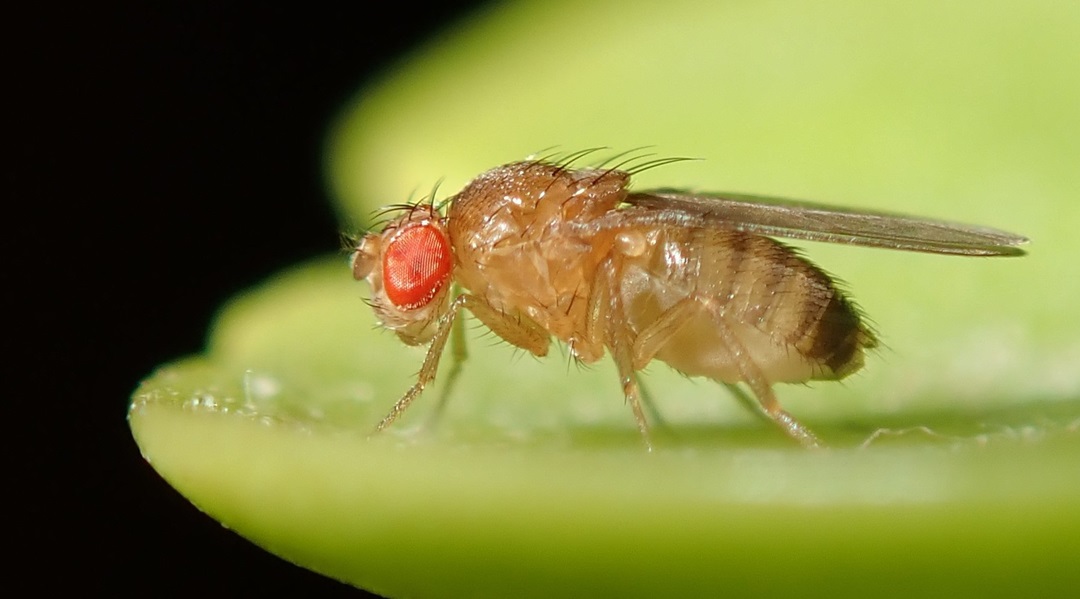
Behavioral Fever Helps Fight Parasitic Infections
Infected fruit flies use behavioral fever against deadly parasitoid wasps.
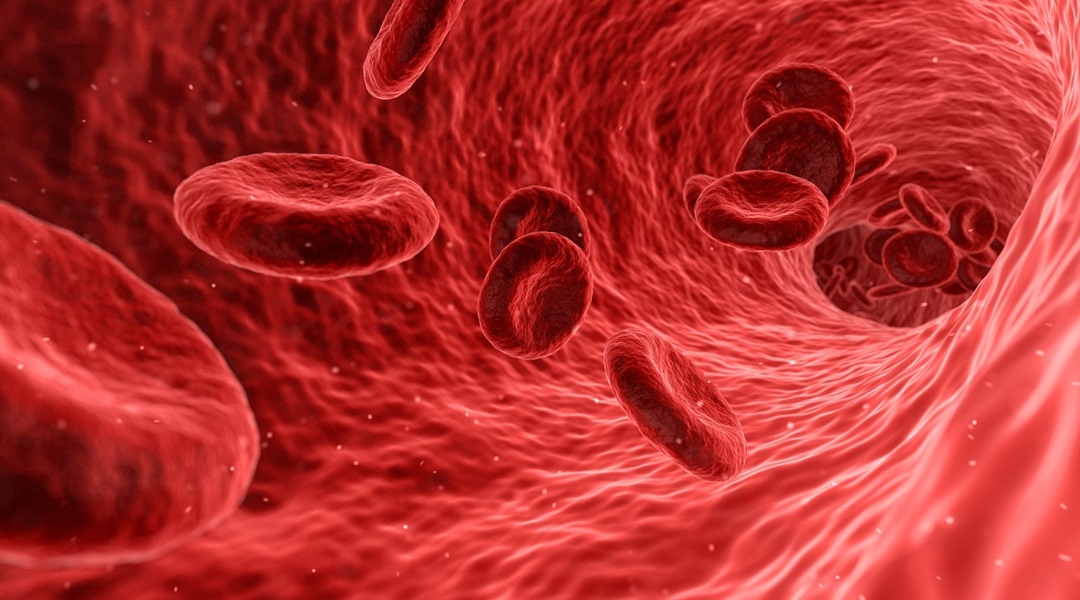
Turning Periods into Power: Menstrual Blood a Valuable Resource for Medical Diagnostics
Wearable sensors help women analyse menstrual blood for affordable, non-invasive health monitoring.

Fermilab Confirms Muon g-2 Measurements
Fermilab releases its final results, testing the Standard Model of particle physics.
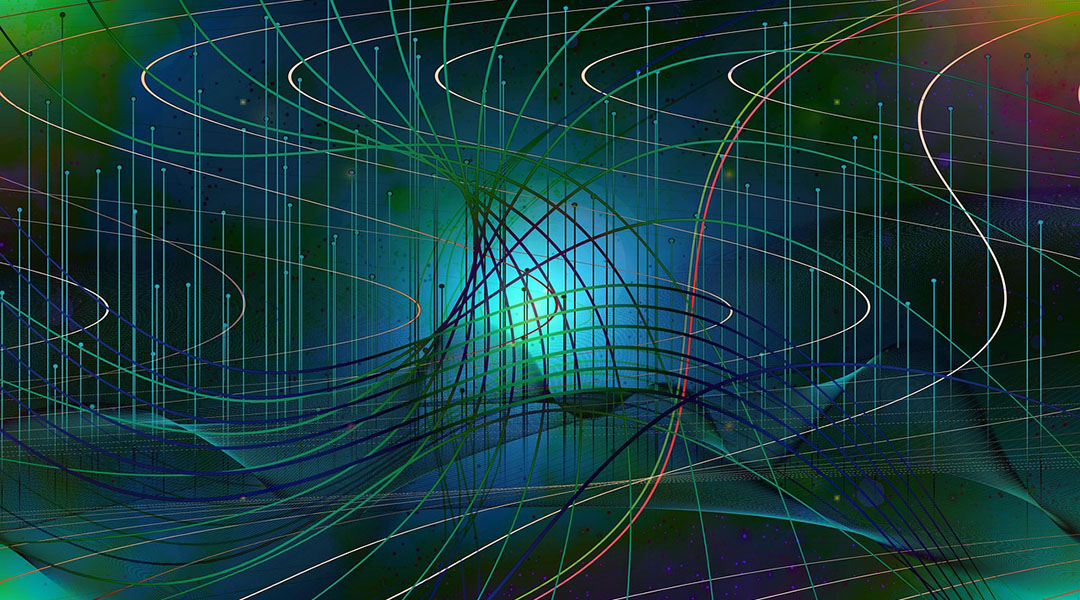
Methods Perspectives: Magnetic Force Microscope Calibration Explored by Héctor Corte-León
Héctor Corte-León explores the advantages and disadvantages of the different techniques used to calibrate a magnetic force microscope.
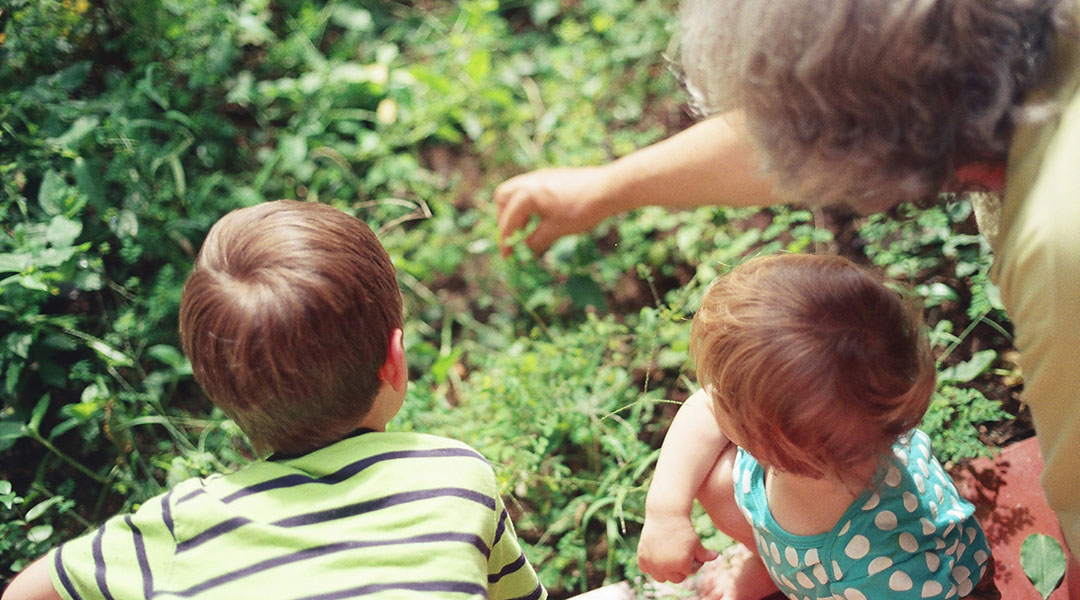
Immune resilience gene signature could hold the key to healthy aging
High levels of a certain biomarker gives people a survival advantage, study finds.
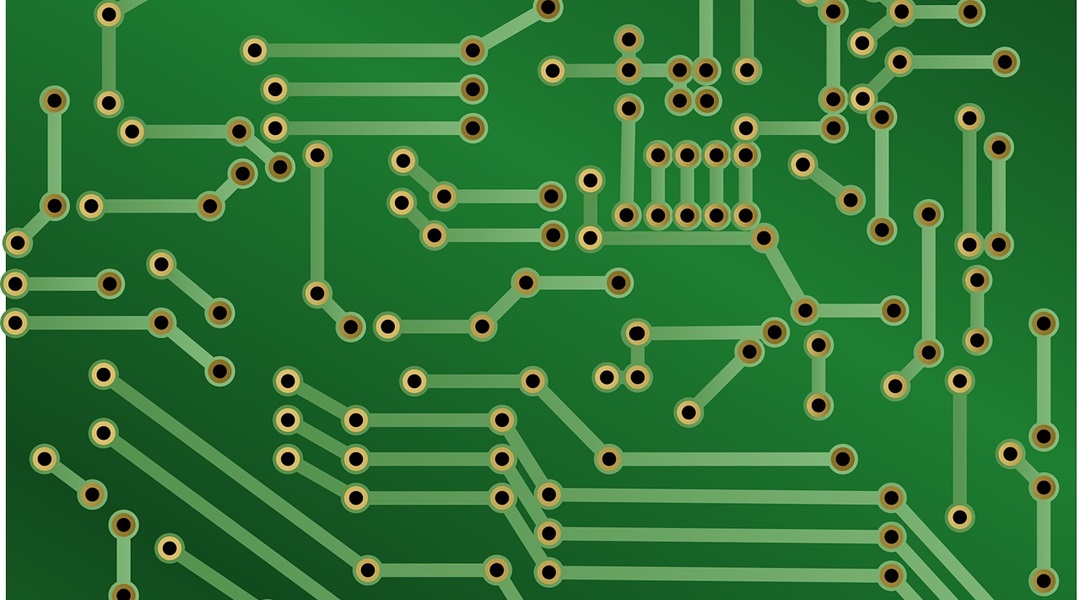
Edible electronics realize safe, complex monitoring devices
Edible electronics from non-toxic materials enable complex ingestible devices for healthcare and food monitoring.
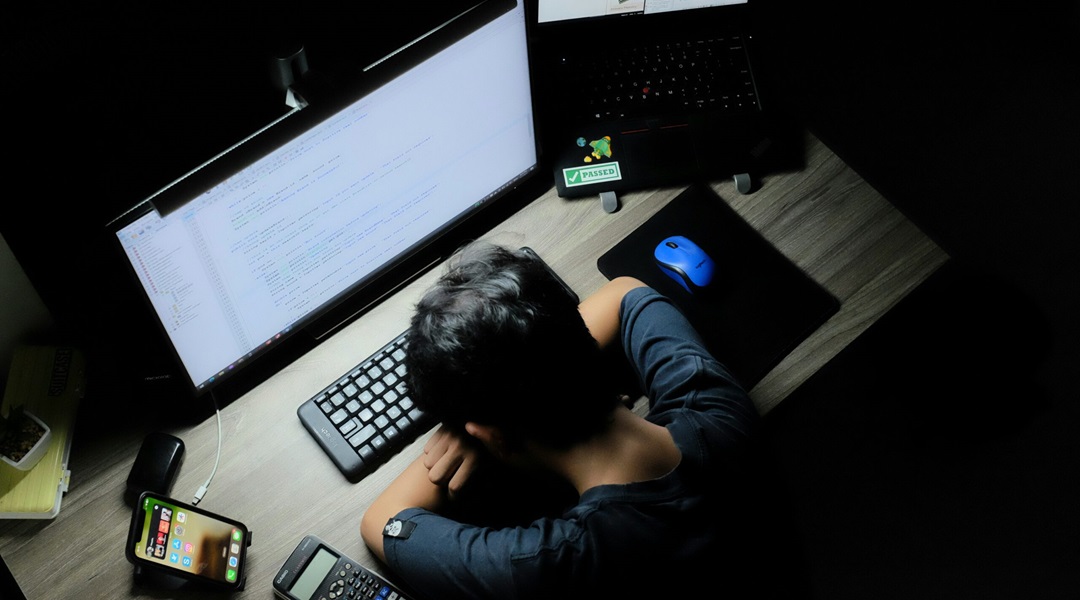
Metabolic–Epigenetic Link Between Sleep Deprivation and Immune Dysregulation
Sleep deprivation alters immune cell metabolism, causing changes to epigenetics through lactylation, triggering immune dysregulation.

Bone loss in obesity traced to gut microbiota
Obesity changes gut microbiota, causing immune cells to age prematurely and secrete a protein which weakens bones

Turning Periods into Power: Menstrual Blood a Valuable Resource for Medical Diagnostics
Wearable sensors help women analyse menstrual blood for affordable, non-invasive health monitoring.
Edible electronics realize safe, complex monitoring devices
Edible electronics from non-toxic materials enable complex ingestible devices for healthcare and food monitoring.
Metabolic–Epigenetic Link Between Sleep Deprivation and Immune Dysregulation
Sleep deprivation alters immune cell metabolism, causing changes to epigenetics through lactylation, triggering immune dysregulation.
Bone loss in obesity traced to gut microbiota
Obesity changes gut microbiota, causing immune cells to age prematurely and secrete a protein which weakens bones
Turning Periods into Power: Menstrual Blood a Valuable Resource for Medical Diagnostics
Wearable sensors help women analyse menstrual blood for affordable, non-invasive health monitoring.

Quantum Anomalies in Condensed Matter: From Theoretical Peculiarities to Tangible Science
Making quantum anomalies accessible to experimentalists could redefine next-generation technologies and device engineering.

Fermilab Confirms Muon g-2 Measurements
Fermilab releases its final results, testing the Standard Model of particle physics.

New theory suggests gravity is not a fundamental force
A new theory proposes gravity isn’t a fundamental force but emerges from quantum electromagnetic interactions, potentially reshaping our view of spacetime itself.

Organic materials bring probabilistic computing closer to reality
Scientists created flexible probabilistic bits from custom polymers, offering a new, energy-efficient path for AI and machine learning using classical physics.
Quantum Anomalies in Condensed Matter: From Theoretical Peculiarities to Tangible Science
Making quantum anomalies accessible to experimentalists could redefine next-generation technologies and device engineering.
Fermilab Confirms Muon g-2 Measurements
Fermilab releases its final results, testing the Standard Model of particle physics.
New theory suggests gravity is not a fundamental force
A new theory proposes gravity isn’t a fundamental force but emerges from quantum electromagnetic interactions, potentially reshaping our view of spacetime itself.
Organic materials bring probabilistic computing closer to reality
Scientists created flexible probabilistic bits from custom polymers, offering a new, energy-efficient path for AI and machine learning using classical physics.

Turning Food into Lasers: A New Era in Information Encoding and Sensing
Fabrication of microlasers using all edible components.

Soy protein fuels the future of eco-friendly solid-state batteries
The world’s most grown legume could be used to make the batteries of the future.

Quantum router preserving delicate photon states may advance quantum technologies
Low-loss router based on an interferometer preserves polarization while directing single photons and entangled pairs.

Edible electronics realize safe, complex monitoring devices
Edible electronics from non-toxic materials enable complex ingestible devices for healthcare and food monitoring.
Turning Food into Lasers: A New Era in Information Encoding and Sensing
Fabrication of microlasers using all edible components.
Soy protein fuels the future of eco-friendly solid-state batteries
The world’s most grown legume could be used to make the batteries of the future.
Quantum router preserving delicate photon states may advance quantum technologies
Low-loss router based on an interferometer preserves polarization while directing single photons and entangled pairs.
Edible electronics realize safe, complex monitoring devices
Edible electronics from non-toxic materials enable complex ingestible devices for healthcare and food monitoring.
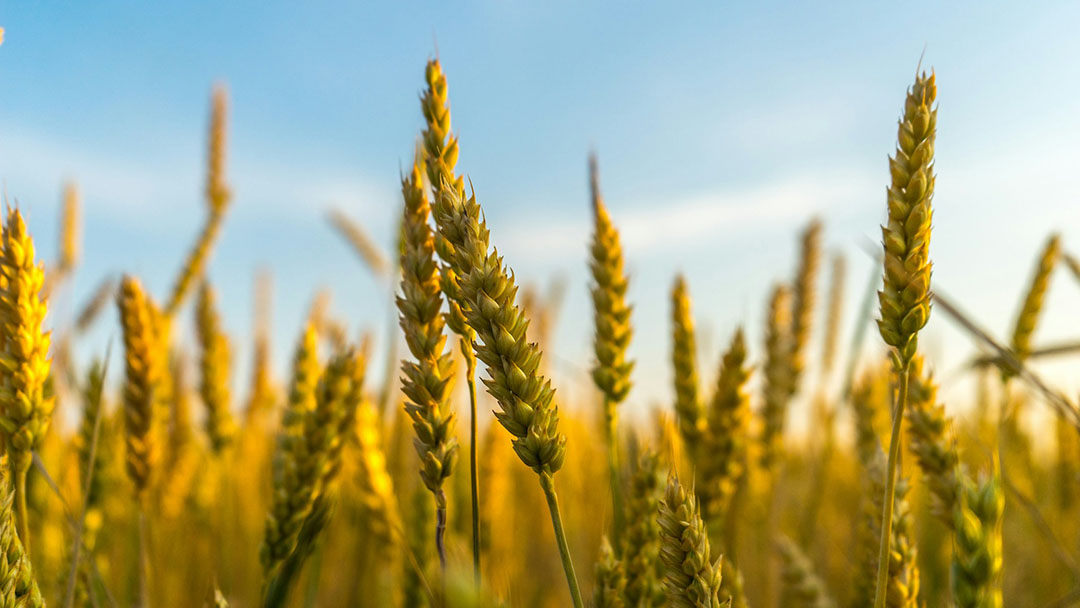
Climate pledges could shrink global cropland
The tradeoff raises concerns about food security, particularly for the Global South.

Sustainable building material extracted from seawater
A sand-like material can be extracted from seawater by adding carbon dioxide, potentially making the building industry more sustainable.
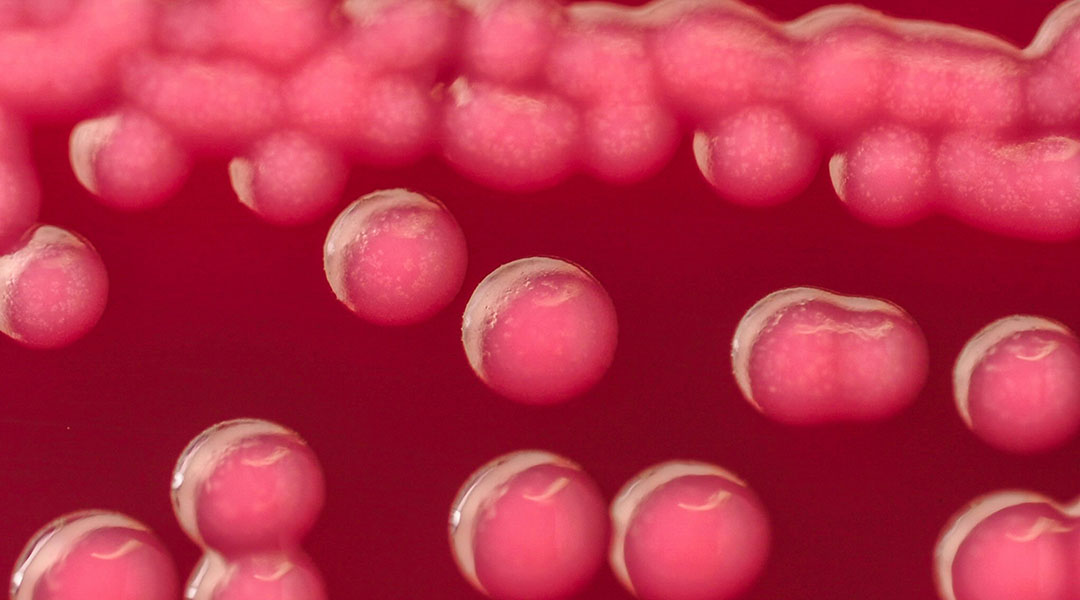
Common bacteria could be used to produce biodegradable bioplastics
Engineered Escherichia coli bacteria could be used to make sustainable biobased plastics.
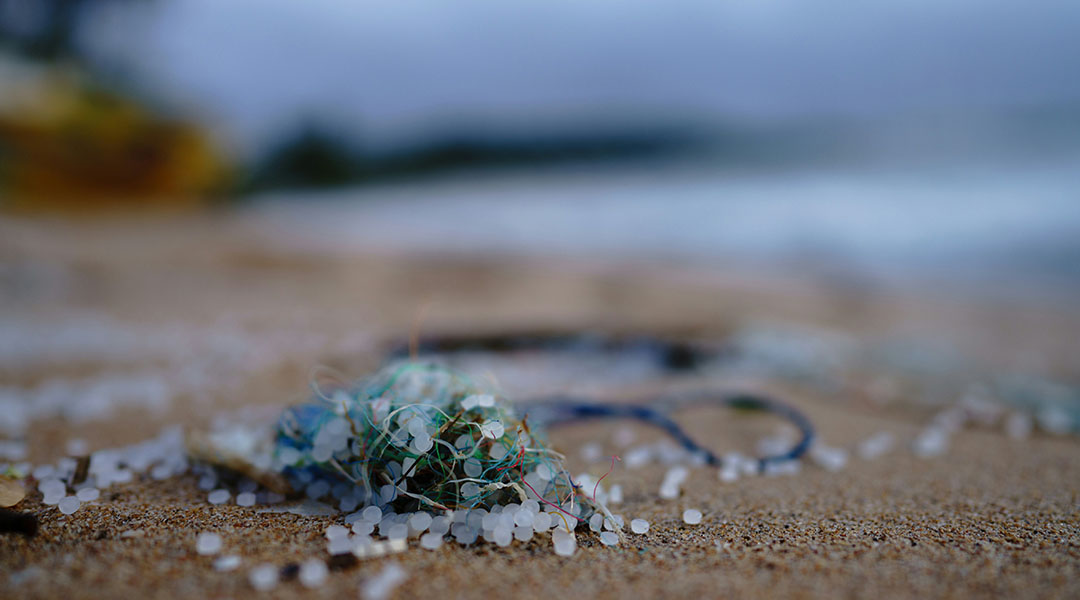
Microplastics could be hotspots for antimicrobial resistance
Microplastics facilitate a “super slime” that is resistant to antibiotics, sparking concern about antibiotic resistance in heavily polluted areas.
Climate pledges could shrink global cropland
The tradeoff raises concerns about food security, particularly for the Global South.
Sustainable building material extracted from seawater
A sand-like material can be extracted from seawater by adding carbon dioxide, potentially making the building industry more sustainable.
Common bacteria could be used to produce biodegradable bioplastics
Engineered Escherichia coli bacteria could be used to make sustainable biobased plastics.
Microplastics could be hotspots for antimicrobial resistance
Microplastics facilitate a “super slime” that is resistant to antibiotics, sparking concern about antibiotic resistance in heavily polluted areas.
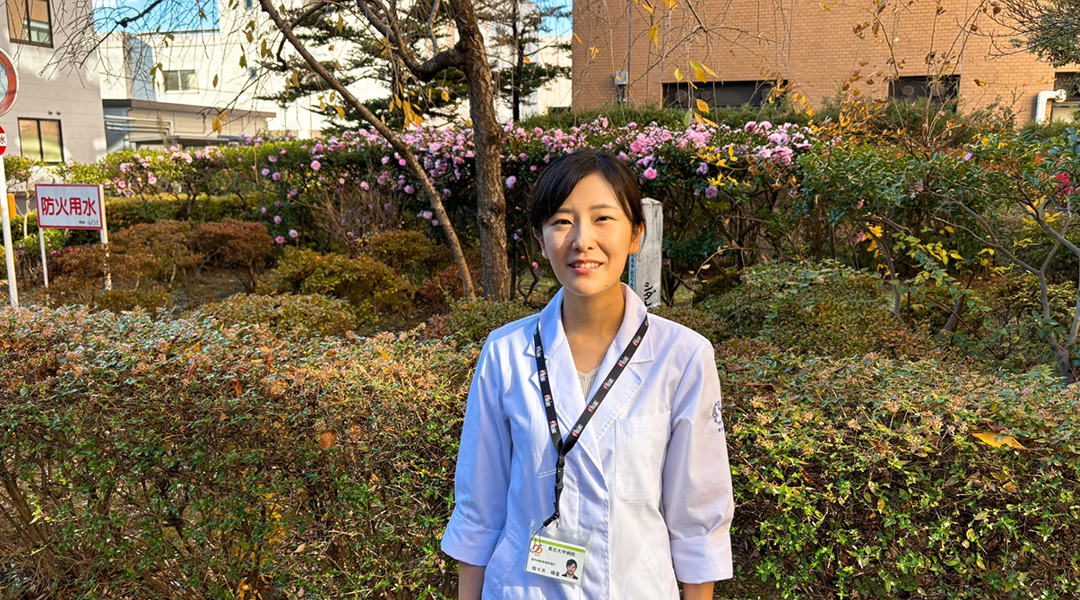
Haruka Sasaki, uncovering the link between melatonin and asthma
Haruka Sasaki is researching how melatonin impacts asthma to create new treatments for life-threatening nocturnal attacks.
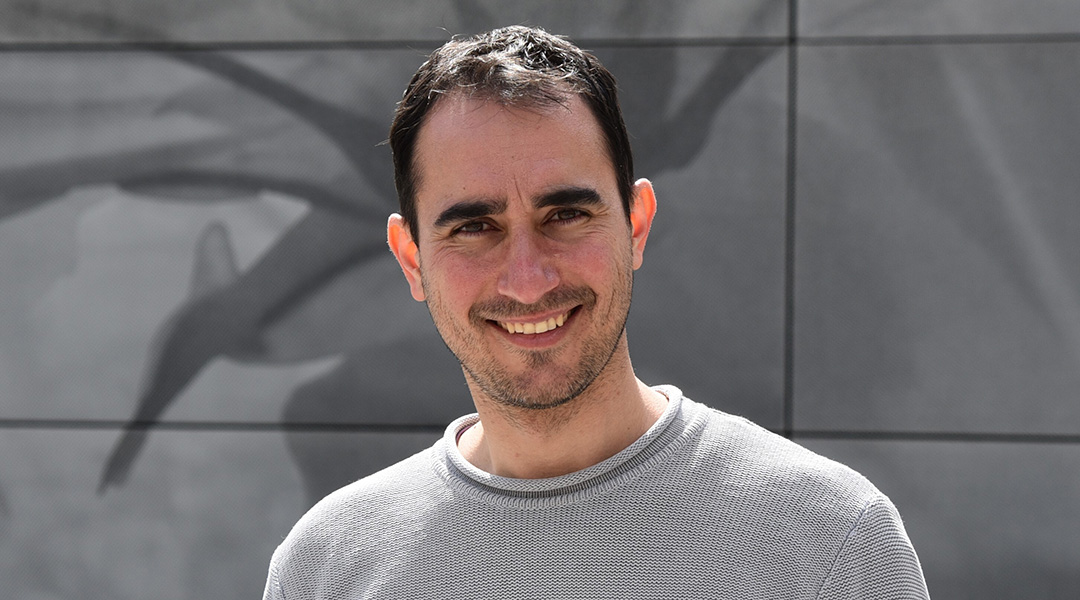
Riccardo Bassoli: How quantum computing will redefine wireless communication
Future 6G wireless networks will rely on quantum computers, but developing the technology and making it sustainable is complex.
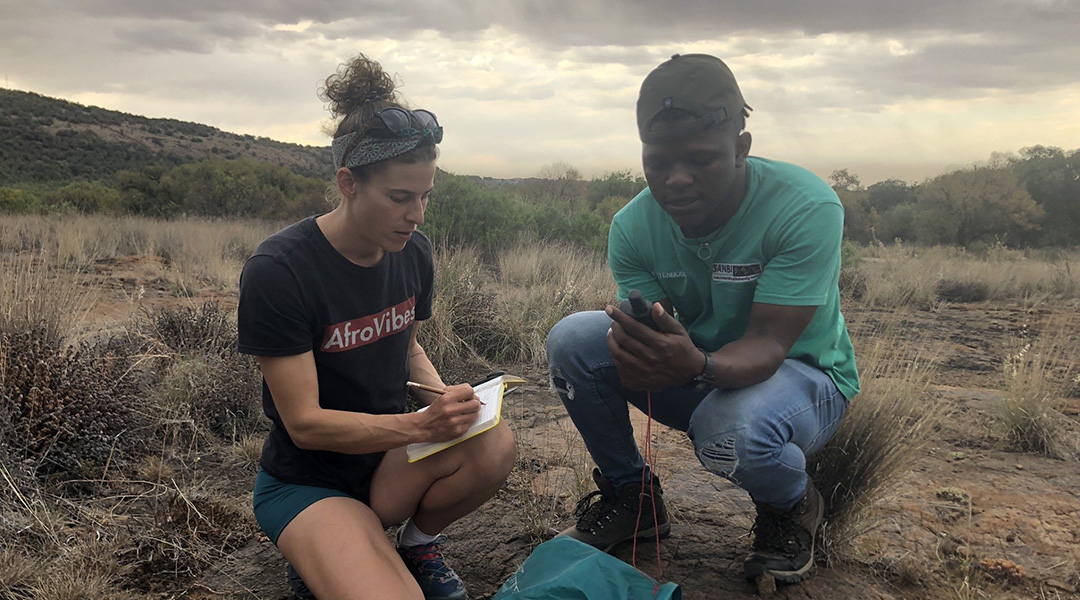
Rose Marks, a botanist studying resurrection plants
Rose Marks uses her climbing skills in remote regions of South Africa to study how water-deprived plants might help develop drought-tolerant crops.
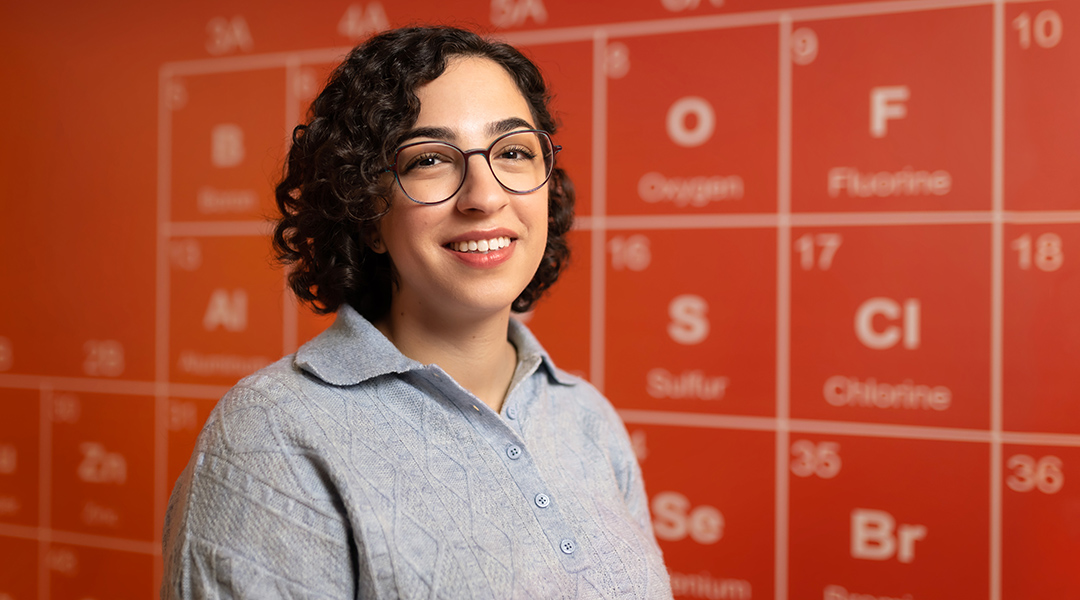
Shira Joudan, tackling PFAS and environmental contaminants with chemistry
Chemist Shira Joudan discusses environmental contaminants, setting up at a new university, and building a supportive community.







